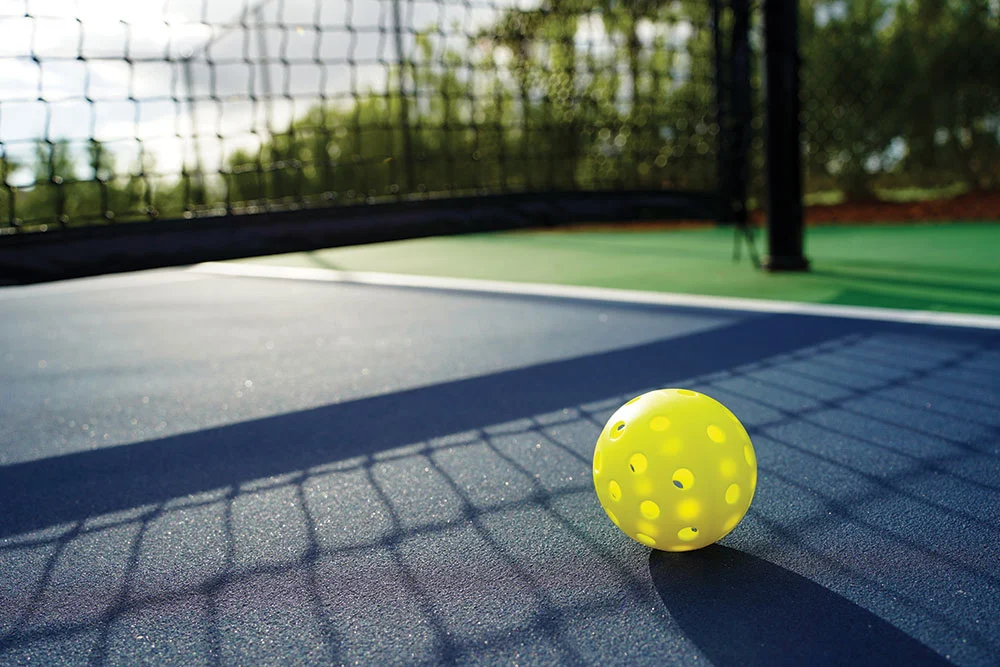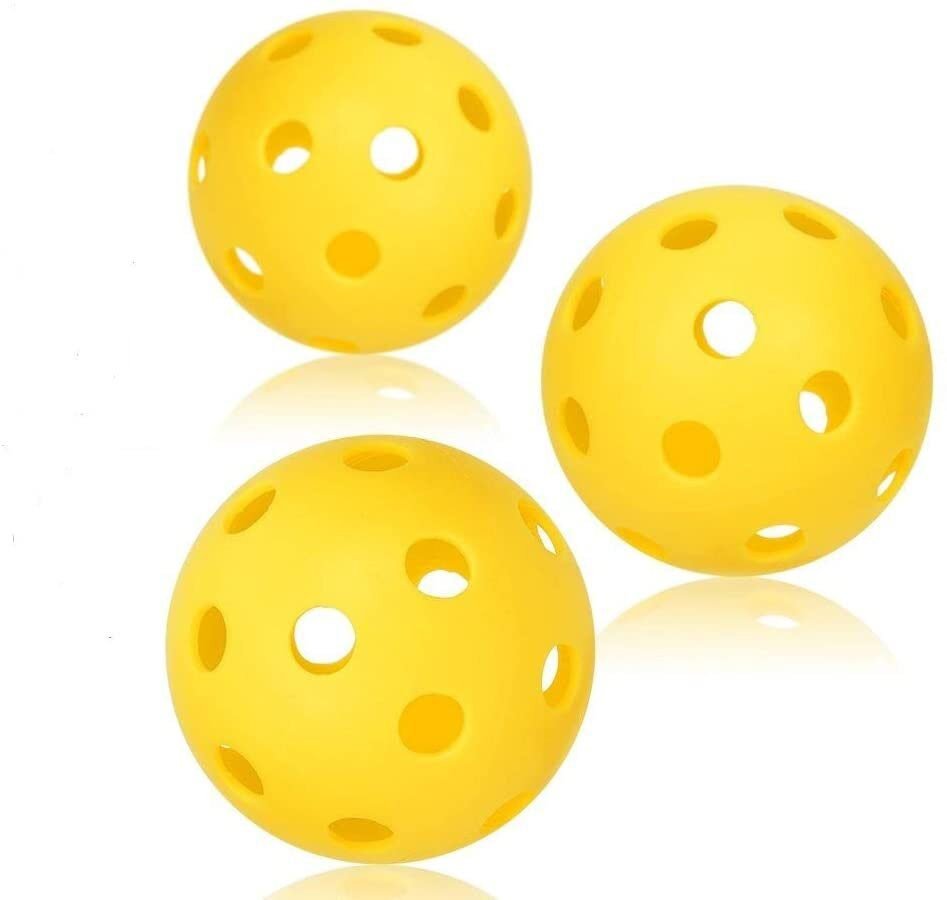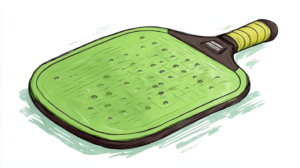Pickleball vs Wiffle Ball
Last updated

You’re probably wondering about the differences between pickleball and wiffle ball, and I totally get how you feel. It’s like standing at a crossroads of two exciting sports, each beckoning with its unique allure.
In this article, we’ll delve into the unique aspects of each sport, from the design of their balls to the nuances of their gameplay and overall appeal.
Whether you’re considering which game to try next or want to expand your knowledge of these popular pastimes, we’ve got the insights to satisfy your curiosity and possibly ignite a new sporting interest.
Pickleball vs Wiffle Ball: Key Difference
In contrast, Wiffle Ball, Inc. describes wiffle ball as a variation of baseball with a lightweight, perforated plastic ball, leading to a different style of play.
Pickleball’s solid, durable ball design emphasizes strategic placement and agility, akin to its racket sport ancestors.
Wiffle ball, deriving its essence from baseball, focuses on batting and pitching skills, with its unique ball offering an unpredictable and varied flight pattern.
Equipment Used in Pickleball and Wiffle Ball
Exploring the equipment used in pickleball and wiffleball reveals fascinating details. Pickleball balls and wiffle balls, despite their similar plastic construction, have unique designs suited to their respective games.
Pickleball balls like the best outdoor pickleball balls, are solid with smaller, evenly distributed holes, enhancing their bounce on hard gym floors and outdoor surfaces. Conversely, with their larger, asymmetric holes, waffle balls create an unpredictable flight pattern, challenging batters and pitchers alike.
In terms of paddles and bats, pickleball uses solid paddles made from composite materials designed to offer control and power. Wiffle ball bats are typically slender, lightweight plastic rods optimized for hitting a light ball in a confined space.
This contrast in equipment highlights the unique skills required in each sport – pickleball’s emphasis on precision and wiffleball’s focus on adaptability.
Gameplay and Rules
The gameplay and rules of pickleball and wiffleball reflect the distinct nature of each sport. Pickleball, often played on a scaled-down tennis court with a net, emphasizes precision and strategy.
When considering the question, “Can you play pickleball on grass?” it’s noteworthy that while it’s possible, the game changes significantly due to the grass affecting the ball’s movement.
Scoring is exclusive to the serving team, underscoring the importance of each serve. The game incorporates volleys and groundstrokes and uniquely features a ‘kitchen’ area where volleys are prohibited near the net.
Wiffle ball, on the other hand, is played on a simplified baseball field designed for informal play with rules that often vary depending on the setting. Scoring mirrors baseball, with runs tallied as players hit the ball and navigate the bases.
While pickleball demands precision and strategy, wiffle ball embraces a more relaxed, informal style of play.
Pickleball Balls vs Wiffle Balls: Pros & Cons
Pickleball Balls

Wiffle Balls

Similarities and Differences
Choosing the Right Sport for You
Selecting between pickleball and wiffleball hinges on personal preferences, skill level, and objectives. If you’re drawn to strategic gameplay requiring precision and skill, pickleball is your arena.
It’s perfect for those who enjoy racket sports and seek a blend of physical and tactical challenges.
On the other hand, if you’re inclined towards a more relaxed, family-oriented game that offers fun and unpredictability, wiffle ball is the way to go. It’s ideal for casual play, especially in settings like family gatherings or community events.
Consider your physical fitness level, interest in learning new skills, and the kind of social setting you enjoy. Both sports offer unique benefits – pickleball for more structured, competitive play and wiffleball for casual, whimsical fun.
Pickleball vs Wiffle Ball Conclusion
Pickleball and wiffle ball, each with their distinctive charm, invite players into worlds where skill, strategy, fun, and community intertwine.
While pickleball offers a more structured approach, echoing the rhythms of racket sports, wiffleball brings a carefree spirit reminiscent of childhood games.
Embrace the sport that resonates with your style, or better yet, experience both. Each game provides a unique pathway to enjoyment, fitness, and social interaction.
So, grab a paddle or a bat, step onto the court or field, and immerse yourself in the joy these sports have to offer.







